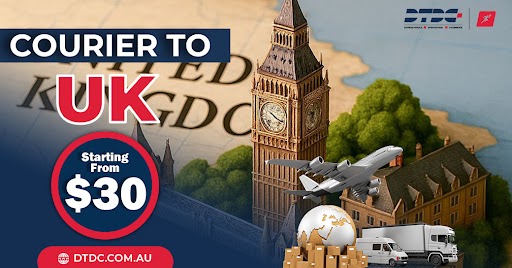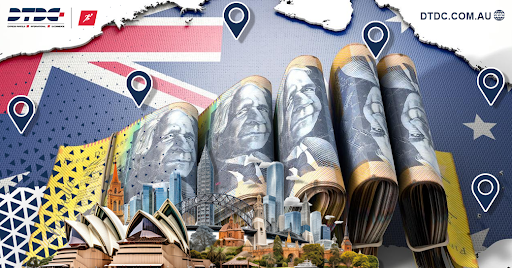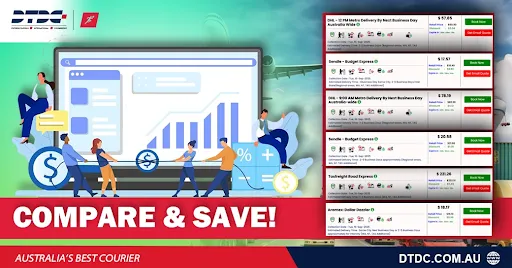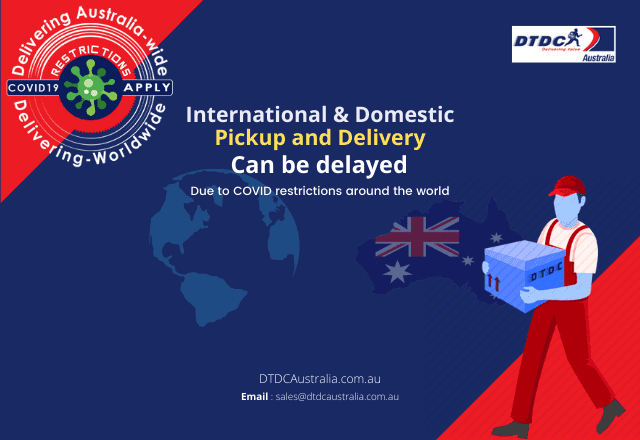Introduction: What Happens to Amazon Returns?
Online shopping has become second nature for most Australians — and so have returns. Each day, thousands of items are sent back to Amazon for reasons ranging from size mismatches to change of mind.
But what happens to those returned products?
Instead of letting them pile up in warehouses, Amazon groups these goods into what’s known as Amazon return pallets. These pallets are sold in bulk, often at a fraction of their retail value, creating opportunities for resellers and small businesses looking to turn inventory into income.
What Are Amazon Return Pallets?

Amazon return pallets are bundles of items that customers have sent back to Amazon. They can contain almost anything – from laptops and vacuum cleaners to fashion, home décor, and even baby toys.
Not all items are brand new. Some are unopened, others may have damaged packaging, and a few could show signs of use. To manage such vast quantities of goods, Amazon sorts these returns into categories and sells them through liquidation auctions or wholesale marketplaces.
This system benefits both sides:
-
Amazon clears warehouse space and recovers value.
-
Buyers get access to affordable stock with resale potential.
Types of Products You Might Find in Return Pallets:

You never quite know what’s inside a pallet until you open it — that’s part of the excitement. Common categories include:
-
Furniture & Home Décor – shelves, chairs, home accessories
-
Electronics – mobile phones, headphones, tablets, and accessories
-
Home Appliances – coffee machines, blenders, vacuum cleaners
-
Books, DVDs, & Games – popular titles and mixed media
-
Fashion & Accessories – clothing, shoes, and handbags
-
Beauty & Personal Care – skincare, cosmetics, and grooming items
-
Toys & Kids’ Products – great for local market resellers
Some pallets come with a manifest (a list of items included), while others are “mystery pallets” where the contents remain unknown until delivery.
Where to Buy Amazon Return Pallets
Finding genuine and reliable sellers is the most important step. Depending on your location and experience, you can buy return pallets either online or through local liquidation warehouses.
1. Online Liquidation Marketplaces
If you prefer buying from your desk, these global platforms ship directly to Australia or have dedicated international programs:
-
Liquidation.com – Offers Amazon and major retail return pallets with detailed manifests.
-
Direct Liquidation – Specialises in electronics and home goods from Amazon and Walmart.
-
B-Stock – Amazon’s official liquidation partner with verified bulk listings.
These sites allow you to filter by product category, price, and condition, making it easier to find pallets that match your business goals.
2. Local Auctions or Liquidation Warehouses

Some Australian liquidation companies and wholesalers import Amazon return pallets directly. Buying locally means you can inspect the condition of products before committing.
Search for “Amazon return pallets near me” or visit business liquidation events in major cities such as Sydney, Melbourne, and Brisbane. Many local resellers also list partial pallets on Facebook Marketplace or Gumtree, which can be a good starting point.
3. Other Trusted Sources for Amazon Return Pallets
| Platform | Overview |
|---|---|
| Amazon Liquidation Auctions | Amazon’s official B2B liquidation platform for customer returns and surplus stock. |
| BULQ (US) | Offers detailed item manifests and flat-rate shipping. Excellent for estimating profit margins. |
| Via Trading (US) | Ideal for experienced resellers buying in bulk; offers consistent stock updates. |
| Quicklotz (US) | Known for mystery boxes and regular sales events on return pallets. |
| Wholesale Ninjas (US) | Focuses on small-business-friendly pallets with quality-checked items. |
| BlueLots (US) | Streamlined platform with transparent pricing and reliable shipping. |
How to Buy Amazon Return Pallets
Here are the key steps on how to buy Amazon return pallets effectively:
-
Create an account on a trusted marketplace such as B-Stock or Liquidation.com.
-
Browse available pallets by category or price range.
-
Check the manifest (if provided) to understand what’s included.
-
Review conditions — new, open-box, or used.
-
Understand bidding rules and set your maximum offer.
-
Confirm shipping costs and delivery timelines before checkout.
-
Track your order and plan how to store or resell once it arrives.
Key Considerations When Buying Amazon Pallets
1. Shipping Costs
International freight can add up quickly. Always calculate total landed cost – including shipping, customs, and storage — to ensure your investment remains profitable.
2. Condition of Goods
Pallets can range from brand new to heavily used. If you’re reselling, aim for “new” or “open-box” conditions to minimise refunds and negative reviews.
3. Storage and Handling
A single pallet can hold dozens or even hundreds of items. Plan a space to sort, photograph, and repack goods for resale.
4. Legal and Tax Compliance
In Australia, ensure you’re registered for an ABN and understand local tax obligations if you plan to run a resale business.
Pros and Cons of Buying Amazon Return Pallets
| Pros | Cons |
|---|---|
| Affordable access to bulk stock | Product quality can vary |
| Great opportunity for small resellers | May include damaged items |
| Supports sustainable reuse | Requires storage space |
| Potential for high-profit margins | Shipping costs can reduce ROI |
Best Platforms for Reselling Pallet Items

Once you’ve sorted your products, you can resell them individually or in bundles. Here are a few reliable reselling platforms in 2025:
-
eBay Australia – Ideal for electronics, home goods, and collectibles.
-
Facebook Marketplace – Perfect for local buyers and quick turnaround.
-
Poshmark – Great for clothing and fashion accessories.
-
Gumtree – Suits furniture and home décor items.
-
Etsy – For refurbished, handmade, or upcycled goods.
Are Amazon Return Pallets Profitable in 2025?
Yes — with the right approach.
Many Australian resellers and small business owners now use liquidation pallets as a side hustle or full-time business model. The key is to:
-
Research the market value of items in each pallet.
-
Factor in shipping and handling costs.
-
Sell on the right platforms for your niche.
With Australia’s growing online resale culture and sustainability focus, 2025 is an excellent time to enter the liquidation pallet market.
Conclusion
Buying Amazon return pallets is more than just a bargain hunt — it’s a business opportunity. By understanding the buying process, comparing suppliers, and managing logistics smartly, you can turn returned products into profitable resale items.
Whether you’re a first-time buyer or looking to grow your eCommerce business, these pallets offer a unique way to source stock affordably while promoting sustainability.
Frequently Asked Questions About Amazon Return Pallets
What’s the average price of an Amazon return pallet?
Depending on the contents, prices can range between AUD 150 and AUD 15,000. Electronics and branded goods usually cost more.
Are Amazon return pallets worth buying?
Yes — especially if you’re running a resale business or looking for affordable inventory. Just ensure you buy from reputable platforms.
Can you make a profit reselling return pallets?
Absolutely. Many resellers in Australia buy Amazon pallets, separate the items, and list them individually online for higher returns.
-
Riya Sharma
Riya Sharma is a passionate writer at DTDC Australia, delivering insightful content on logistics, shipping solutions, and industry trends. With a knack for simplifying complex topics, she keeps readers informed and engaged.
View all posts













